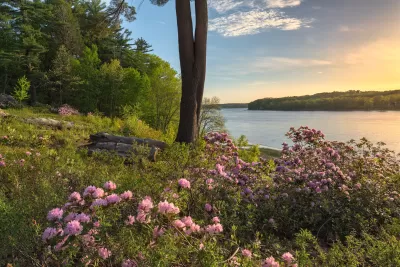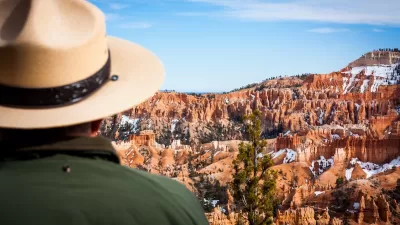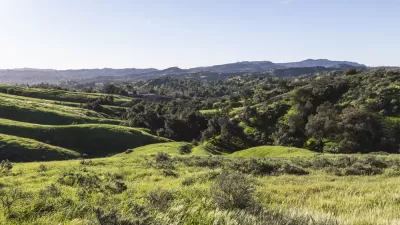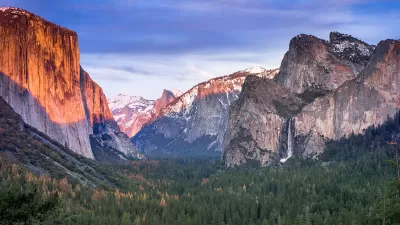A new study estimates that recent land conservation generated $9.8 billion in wealth nationally through the housing market and that wealthier and White households benefited disproportionately.

A growing number of leaders at all levels of government in the U.S. and abroad have made commitments to achieve “30×30,” the goal of conserving 30 percent of lands and coastal waters by the year 2030 to fight climate change, advance conservation, and protect biodiversity. While there has been much emphasis on determining which lands should be conserved, there has been little discussion or analysis about who benefits most from the protection of additional natural lands. Land conservation efforts across America sustain ecological and other benefits while generating wealth in the housing market through the capitalization of amenities. In this paper, researchers Corey Lang, Jarron VanCeylon, and Amy W. Ando estimate the benefits of conservation that are capitalized into proximate home values and quantifies how those benefits are distributed across demographic groups.
Using detailed property and household-level data from Massachusetts, this study estimates that new land conservation led to $62 million in new housing wealth equity. However, homes owned by low-income or Black or Hispanic households are less likely to be located near protected natural areas, and therefore, these populations are less likely to benefit financially. Direct study of the distribution of this new wealth from capitalized conservation is highly unequal, with the richest quartile of households receiving 43 percent, White households receiving 91 percent, and the richest White households receiving 40 percent, which is almost 140 percent more than would be expected under equal distribution. The authors extend their analysis using census data for the entire U.S. and observe parallel patterns. They estimate that recent land conservation generated $9.8 billion in wealth through the housing market and that wealthier and White households benefited disproportionately. These findings suggest regressive and racially disparate incidence of the wealth benefits of land conservation policy.
Please refer to the source article for details.
FULL STORY: Distribution of capitalized benefits from land conservation

Planetizen Federal Action Tracker
A weekly monitor of how Trump’s orders and actions are impacting planners and planning in America.

San Francisco's School District Spent $105M To Build Affordable Housing for Teachers — And That's Just the Beginning
SFUSD joins a growing list of school districts using their land holdings to address housing affordability challenges faced by their own employees.

The Tiny, Adorable $7,000 Car Turning Japan Onto EVs
The single seat Mibot charges from a regular plug as quickly as an iPad, and is about half the price of an average EV.

Seattle's Plan for Adopting Driverless Cars
Equity, safety, accessibility and affordability are front of mind as the city prepares for robotaxis and other autonomous vehicles.

As Trump Phases Out FEMA, Is It Time to Flee the Floodplains?
With less federal funding available for disaster relief efforts, the need to relocate at-risk communities is more urgent than ever.

With Protected Lanes, 460% More People Commute by Bike
For those needing more ammo, more data proving what we already knew is here.
Urban Design for Planners 1: Software Tools
This six-course series explores essential urban design concepts using open source software and equips planners with the tools they need to participate fully in the urban design process.
Planning for Universal Design
Learn the tools for implementing Universal Design in planning regulations.
Smith Gee Studio
City of Charlotte
City of Camden Redevelopment Agency
City of Astoria
Transportation Research & Education Center (TREC) at Portland State University
US High Speed Rail Association
City of Camden Redevelopment Agency
Municipality of Princeton (NJ)





























